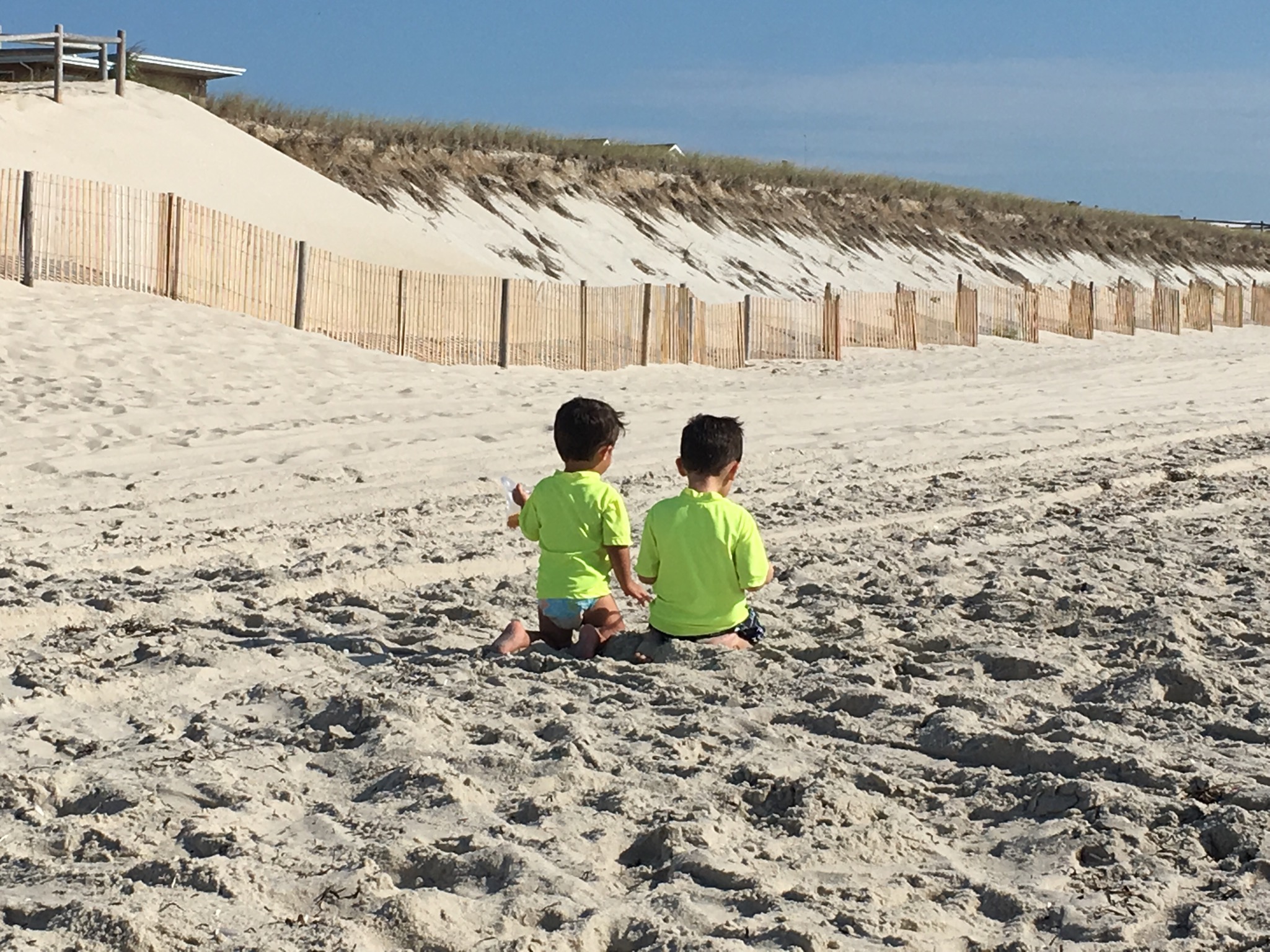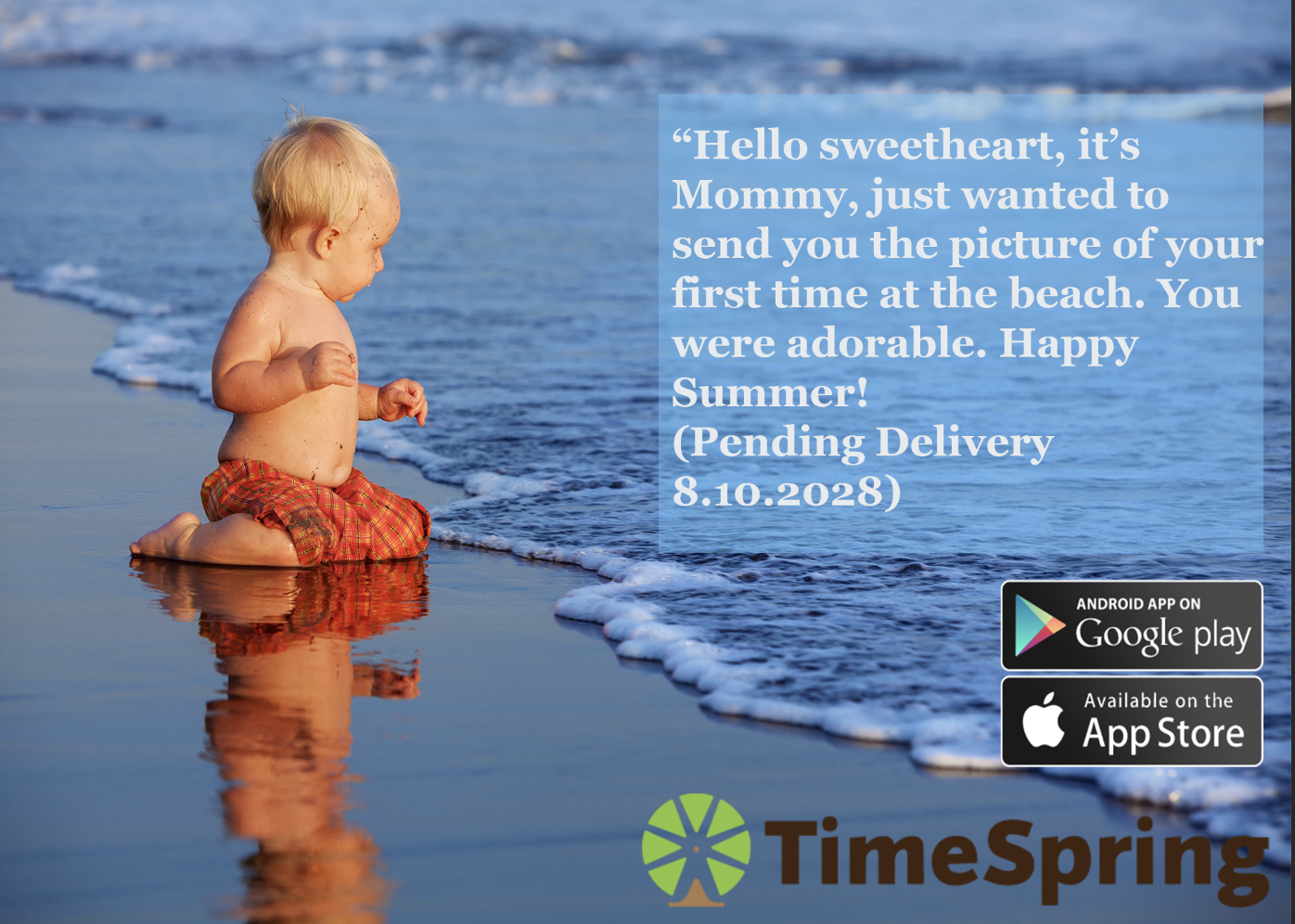TimeSpring’s time-released messaging can help children experience the early memories that they won’t remember.

There are times in parenting especially with small children, when we think, will they remember this? It could be the planning of a birthday party, a family vacation, or a special outing, and we hope, that they’ll remember the fun that was had. Further down the road, when teenagers recall a childhood memory, we may be shocked by how much or how little they remember.
So what is the age that children begin to remember their experiences? The answer to this question is not a simple one. The quick and easy answer is that the human brain cannot remember episodic memories1 before the age of 2; however, this fact is not to be interpreted that children will remember everything from 2 years old on. The inability to access memories between the ages of 2-4, and in some cases the between ages 2-10, is called childhood amnesia2 or infantile amnesia.
Age Memory Breakdown:
0-18 months:
Although some research suggests that infants around 1 year of age can have “memories” these memories are better characterized as familiarities.3 For instance, a newborn “remembers” or recognizes the sound of their mother’s voice. An infant’s memories are more like associations of emotion rather than actual memories. Infants, have the capacity to feel an array of emotions, but they do not form into a memory that can be readily recalled.
2-4 years:
Children between the ages of 2-4 may display an exceptional capacity for memory, encoding information, and learning, but may not be forming autobiographical memories.
At this age, toddlers are soaking up new words, letters, patterns, and the greater world around them, but that is not to be confused with autobiographical memory. Autobiographical memories are a collection of memories that make up an individual’s perception of their life. In other words, a toddler will soak up information they learn from school, and they may even remember this information when they’re adults, but that does not mean that they will remember every play date, social encounter, or conversation. In other words, toddlers often lack the ability to categorize certain memories as autobiographical ones, and therefore will have a harder time recalling these memories as they get older.
4-9 years:
Research performed by Patricia Bauer and published in the journal Memory suggests the onset of childhood amnesia might be at the age of seven. This study involved groups of 3-year old children: On tape, parents would interview their child about an outing or a special event that happened three months prior. Over the course of 6 years, groups of children came back between the ages of 5 and 9 years old and were questioned by scientists whom knew about these same events at the age of 3, and the results of the second interview were very revealing:
- Children between ages 5-7 remembered 60% of the events
- Children between ages 8-9 remembered 40% or few of the events
Bauer concludes, that “early in development those structures are working, but not very efficiently—children are forming memories, but through natural processes those are fading and becoming inaccessible. By the time you reach adulthood, those memories are working very effectively”.4
The Solution:
For parents of young children, these facts can be disappointing. Naturally, we want our children to remember these experiences as we will. The best way to combat childhood amnesia is with photos and stories which can help fill the gaps of immature cognition. It is up to parents and family to capture these moments, to show the pictures to children, and remember to share the stories behind the photos to reinforce memory.

TimeSpring makes it easy to share a memory with a child. Using time-released messaging, not only will it allow them to see the photos and video, but the context of the memory will be conveyed as well. By sharing a memory through TimeSpring, it ensures that not only will the memory be preserved and not forgotten, but the child, who may not be a child at the time of delivery, can learn the story behind the photos, and in doing so, see the memory through the perspective of a parent.

People young and old enjoy indulging in nostalgia, recalling a family memory, and learning about the details of what they were like when they were little. It’s these memories that not only shape a family’s identity, but the perspective of one’s childhood, and even the forging of one’s identity.





